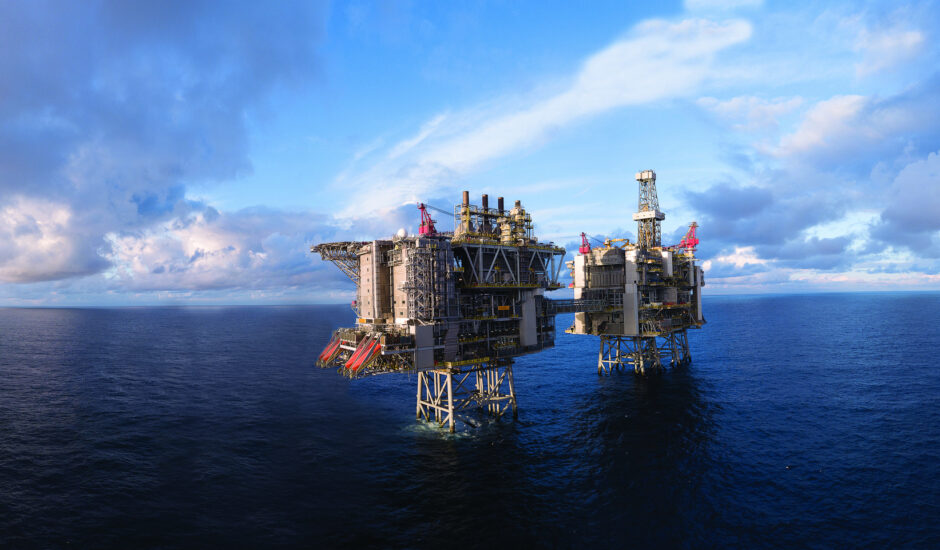
BP has carried out its first 4D seismic survey of Clair Ridge, gathering data which will show how the reservoir has changed since initial readings in 2017.
It’s hoped the work will enable a greater understanding of the field, which is the largest hydrocarbon accumulation in Western Europe.
A new video posted by the company this week shows the process in action.
The survey uses thousands of ocean-bottom nodes – strings of puck-like receivers placed at regular intervals on the seabed – to gather more accurate and repeatable data than towed ‘streamer’ arrays, which float on the water’s surface.
To do that however, the operation involves positioning the nodes within 8m of the original readings– something which seismic acquisition geophysicist Mahmoud says takes “real skill”.
In addition to revealing any changes in the reservoir over time, BP (LON:BP) says the technology offers a far more detailed view of the seabed, with data used to determine where to place new wells and make more efficient use of the existing Clair infrastructure.
It follows a baseline seismic survey for the asset taken in 2017. At that time, lead geophysicist for the project Mel Ball told Energy Voice that the process used some 13,500 points, using a “rolling cache” of 5,500 nodes at a time, spaced at around 100 metres by 50m.
Ms Ball said the 2017 baseline data can then be compared with future readings, allowing geologists to track fluid movements and pressure changes within the reservoir, highlighting any bottles or compartments and illustrating how the water flood is moving around the reservoir.
Work was undertaken by Fairfield, now part of TGS following its acquisition of Magseis Fairfield earlier this year.
BP has previously said it will look to re-acquire seismic data every three to four years across Clair Ridge, which is due to produce until 2050.
Production at the Clair field began in 2005, followed by the huge Clair Ridge expansion in 2018 which involved a £5bn investment.
It is the largest hydrocarbon accumulation in Western Europe, with a total of seven billion barrels in place across the overall structure.
Energy Voice revealed earlier this year that the supermajor is considering the next phase of expansion at Clair South, now known as Clair Phase Three. A final investment decision (FID) has been eyed for next year, though it’s understood that timeline is likely to move back.
Recommended for you
